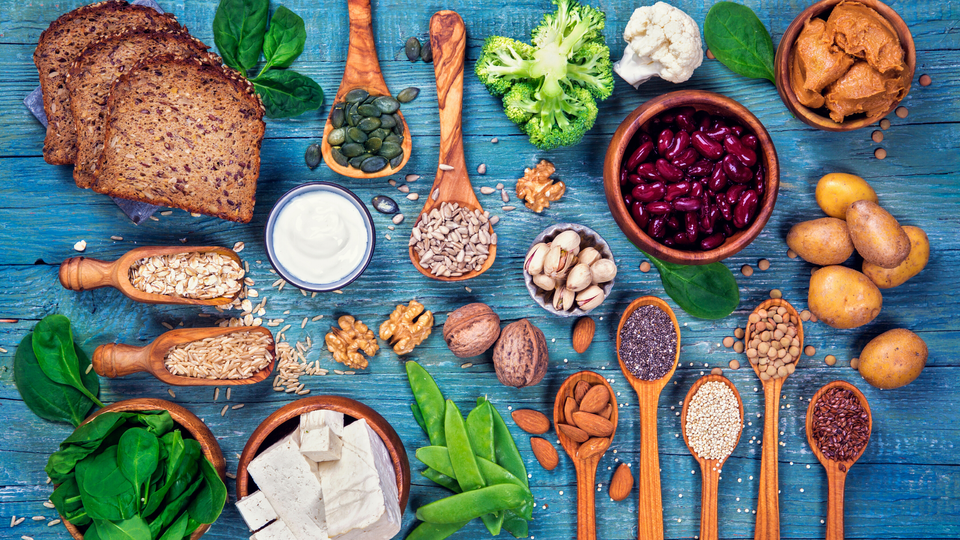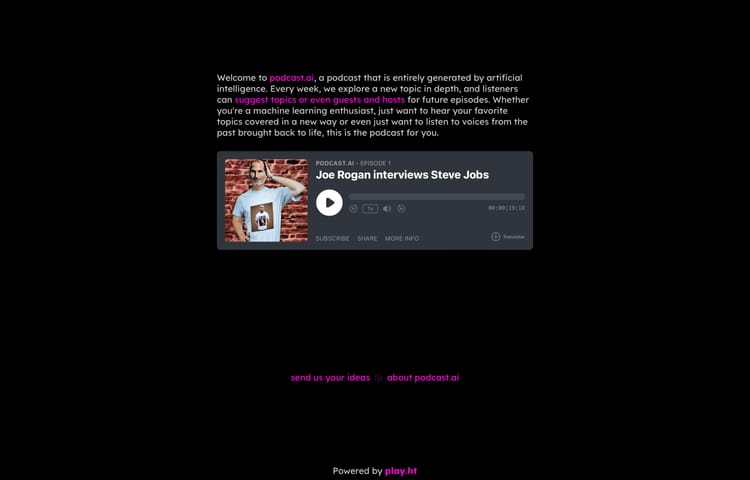How to go Vegan

I’ve been vegan for well over a year now, and I always hear people say, “I couldn’t go vegan, I love meat too much.” Well, guess what? I, too, was also in that mindset, and I loved my steak and chips, morning fry-ups, fish and chips, and every other dish that came with meat.
Contents
Find your reason
First off, you need a reason to go vegan, and it has to be a good reason. If you don’t have a reason behind going vegan, then it’s a lot easier to fail. My reason for going vegan was reading an article on the BBC, which described how much CO2 eating meat caused on average. You could select other foods to find out the CO2 cost of eating, and to me, it was very eye-opening.
We’re going through terrifying times, especially in today’s world, with COVID (which happened by eating meat). The climate is changing drastically, and we’re all to blame for our living and eating habits. Plastic is suffocating animals to death, and so many animals are becoming endangered and extinct. If we want our children, grandchildren, etc., to live happy, healthy lives, then we need to do something today.
My reason for going vegan was to help in my way to help with the current climate and hopefully create a positive change. Your reason could also be due to the rampant animal abuse that is caused by farming, or it could be more for health reasons. I’m not forcing or arguing with people who want to keep eating meat; if that’s what you want to do, then that’s your prerogative. Hopefully, you’re reading this article because you want to make a positive change, or you’re at least curious, and if that’s so, then this article is for you.
Once I found my reason for going vegan, I went home and spoke to my wife. At the time, she was a little apprehensive and didn’t want to make the change with me. I said that’s fine, but I’m going to give it a go. We then started having separate meals, and it got to a point where she was curious, started eating what I was cooking, and eventually joined me on the vegan journey.
It hasn’t been all sunshine and roses, though, at first, I had a lot more flatulence, and my workouts at the gym were suffering due to a lack of energy. I put this down to the massive changes that I decided to put my body through, and with a little experimentation, I found what works for me. It has been a constant testing ground, which has been great for finding new foods and different meals.
What happens after you’ve found your reason?
Once you’ve found your reason for going vegan, you need to commit and start making changes to help the transition. My wife and I decided that we need to eat as much of the meat that we had left as possible otherwise, the meaning behind the why would be wasted. The idea is to make changes that help the planet, not kill it more. Any frozen meat that we had leftover, we decided to give to family members who were still eating meat.
Once our cupboards were clear, we started looking into meals that were 100% vegan and had all the ingredients which we could buy in our local stores. In the beginning, our routine would be to find 4 – 5 meals each week, buy all the ingredients, and then cook each meal in the evening for dinner. The portions were big enough for us to place in the fridge and have for lunch the next day.
Find meals that you think will give positive benefits and have the right calories for your body type. Use a variety of foods such as beans, lentils, fruit, and veg. There’s honestly so much choice out there, especially today compared to 5 years ago, and people have been vegan for such a long time who find it’s easier today then it was when they started. Don’t be afraid to ask for vegan meals in restaurants, and be sure to take a look at their menus on their websites before deciding where to go. Some are 100% vegan, while others will offer a mix of vegan, vegetarian, and meat-based dishes.
Also, don’t be afraid to take your friends/family to a vegan restaurant. My mum was in the “I could never eat vegan food” boat, but once I started introducing her to different meals, she began to enjoy it. She still says she can never go 100% vegan, but at least she now appreciates the experience when she stays with us.
What if I fail and go back to eating meat?
If this is the case, then that’s fine. Never be afraid to try new things, and if it doesn’t work out, then at least you tried. You miss 100% of the shots you don’t take, and if you don’t try, then you may regret it or wish you had done it sooner. When I was younger, I could never understand why you would go vegetarian, let alone vegan; I fought against those who spoke about animal cruelty. It’s safe to say I was very ignorant and unwilling to accept anything else then what I had been told.
It’s okay to admit you were wrong, and it’s also OK to try new things. If the new thing doesn’t work out, then at least you know you tried, and you can say you’ve at least experienced something new.
Is it more expensive than eating meat?
This is a hard one to answer, as it depends on your location. Where I live (in the UK), it’s cheaper to buy beans, lentils (legumes), and canned vegetables like chopped tomatoes, peeled tomatoes, etc. Potatoes and onions are also a staple to most vegan dishes, and there’s a huge range of fruit/veg which you can add into any dish depending on what you would like to cook. If you went the pre-made route, then it can get quite costly, and would almost definitely be more expensive than meat.
However, you can also make your meat alternatives, which cost less, and you have more control over the flavours. Take a look at making your seitan, which can use many different types of flour, herbs and spices, and oil. Most bread is vegan friendly (or at least in my experience), and there are a growing number of companies who are choosing to remove dairy from their foods.
If you struggle to find what’s vegan and what isn’t, then you can either scan the list of ingredients or google search for some results. I am also building a website to help show people what is vegan and what isn’t. My website is called isitvegan.health, and it’s still very much in progress, but I’m hoping to build a database of all the products that are either vegan or not, so it’s easier to find the vegan foods. I will also be expanding the website to include restaurants, pubs, and businesses that are vegan friendly.
Is there more to being a vegan than what you eat?
There is a lot more to cover when it comes to being a vegan, especially if you want to cover more than just food and drink. Your electricity might not be vegan friendly, and even eco-friendly energy companies might be using animal products. There’s also your cleaning products, whether that’s for dishes, bleach sprays, personal cleaning products, etc. There is a whole range of products out there that aren’t vegan friendly.
Of course, it’s completely up to you with how far you want to go into your vegan journey. You might just want to stick with food and drink, which is a huge step in your journey, but you may also find you want to take it further. Either way, it’s completely up to you, and the vegan community is always very welcoming to those who show support and love to animals.
I started with food/drink and was completely unaware it could go further. I’ve slowly gone into purchasing vegan cleaning products and looking at vegan-friendly energy suppliers, but I also drive a petrol car that kills animals. It’s all a balancing act, and you can make the changes you feel will also benefit you personally. In the future, I hope I can purchase an electric car, or ditch my car altogether and buy a bike to get around.
Every journey is different
As I’ve said throughout the article, your journey and your reason for going vegan will be completely different from mine, and the same goes for your experience. If you need a helping hand, then you can leave a comment or send me a message on my Twitter account.





Member discussion